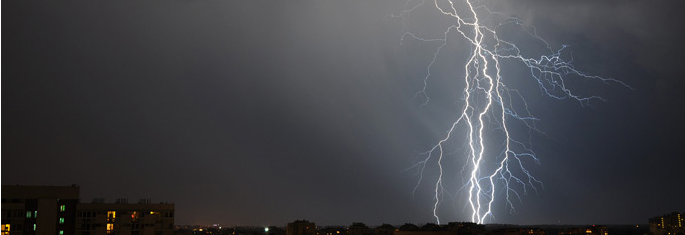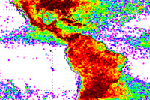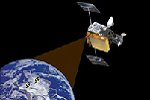
Lightning research has come a long way in the past few decades. We now have a better understanding of why lightning occurs and where, what lightning patterns exist over the globe, and what lightning tells us about atmospheric convection. Scientists and engineers continue to study lightning using a variety of instruments, more types than available previously and some can simultaneously measure the same events to better determine instrument measurement characteristics and capabilities.
The primary objectives of lightning study include determining the relationship between the electrical characteristics of storms and precipitation, convection, and severe weather. Instruments of various types have been designed, constructed, and deployed as ground-based, airborne, and space-based sensors capable of lightning detection and characterization, to study the electrical behavior of thunderstorms.
The data collected are routinely shared with scientists around the globe, resulting in numerous advancements in the field of Atmospheric Science. Links to detailed dataset information along with descriptions of field campaigns and satellite measurements are provided below. Links to the left include access to the Lightning Primer, a beginner's guide to lightning, and the Lightning File Cabinet and Bookshelf which contains research documents and results.









